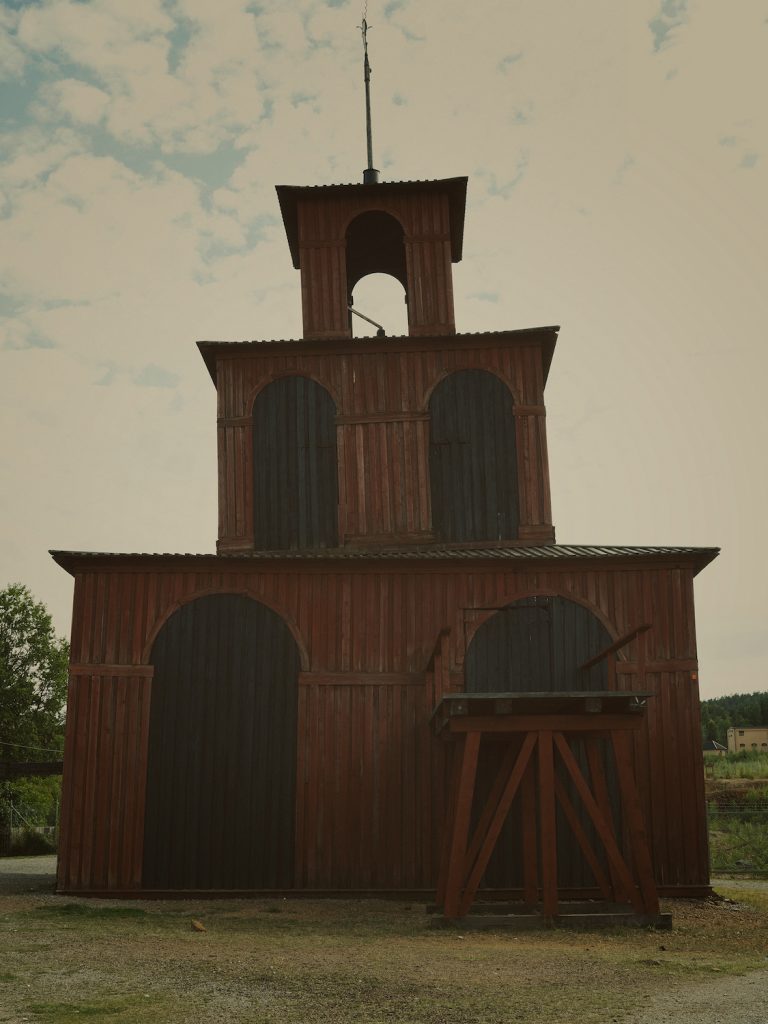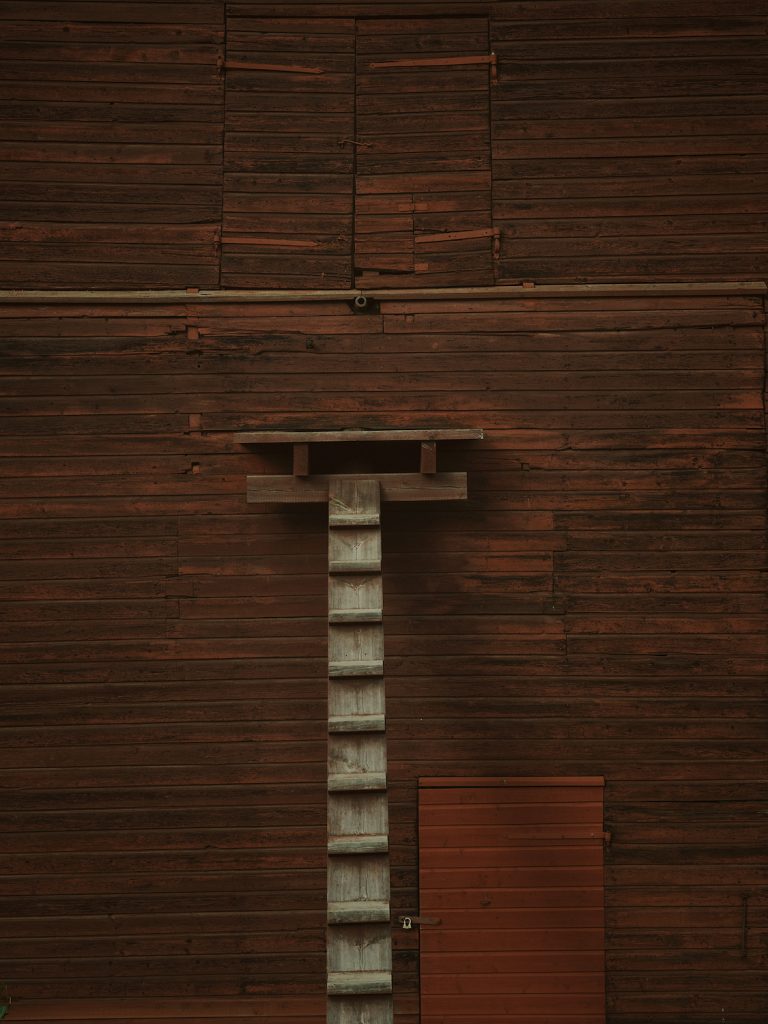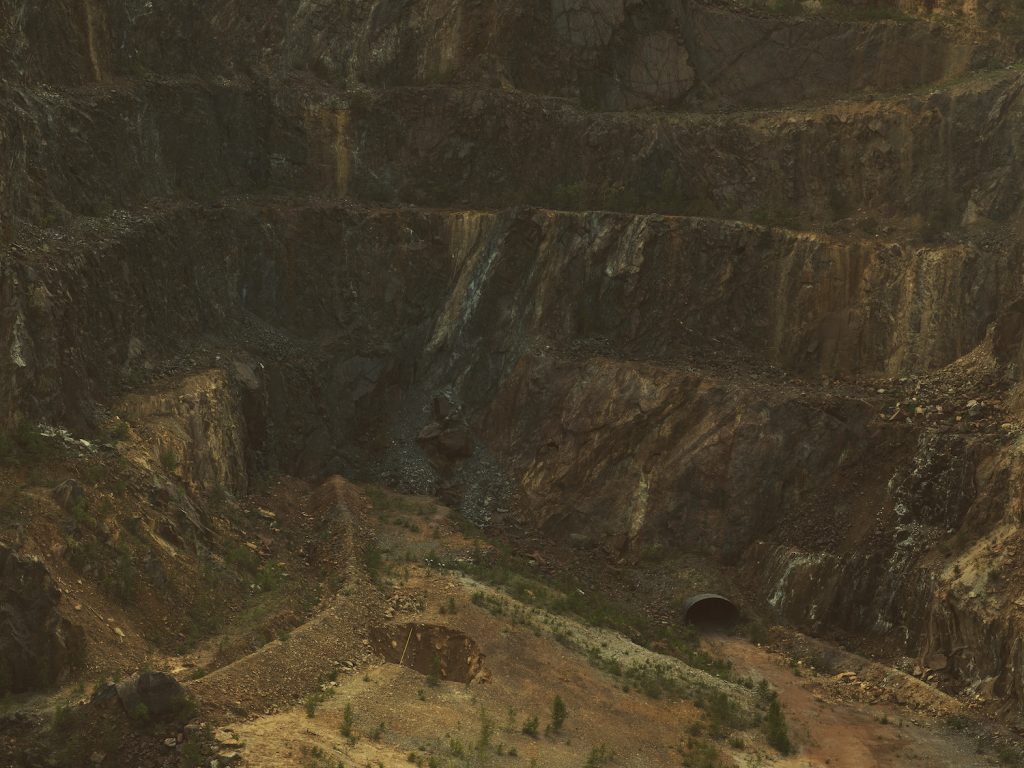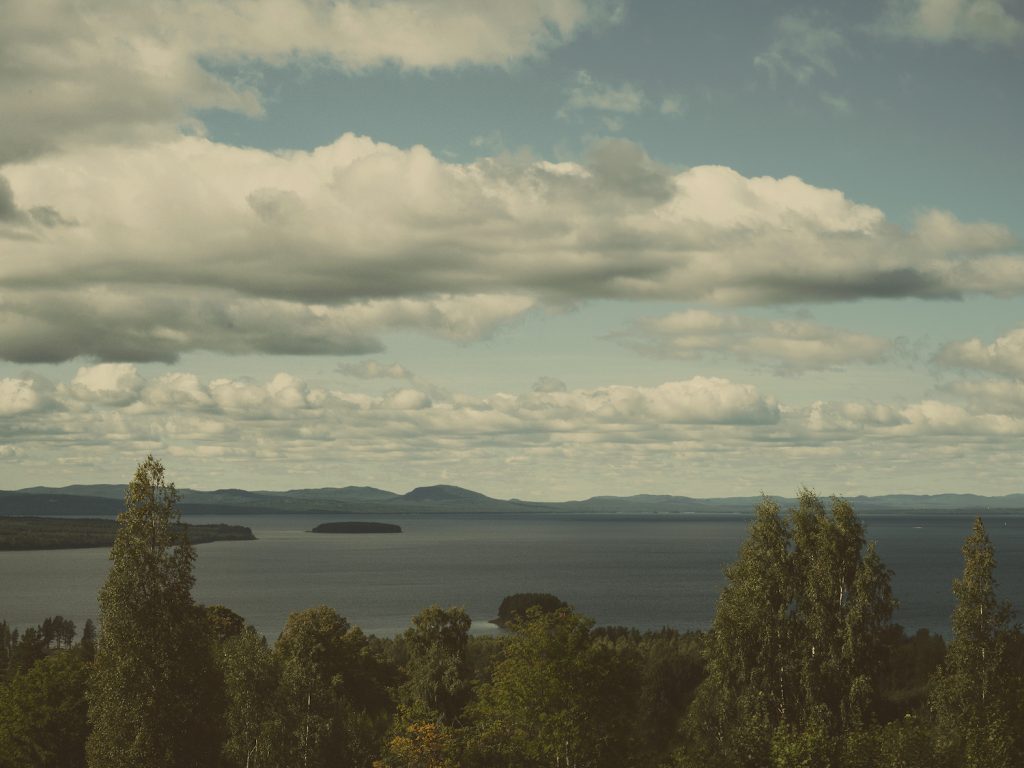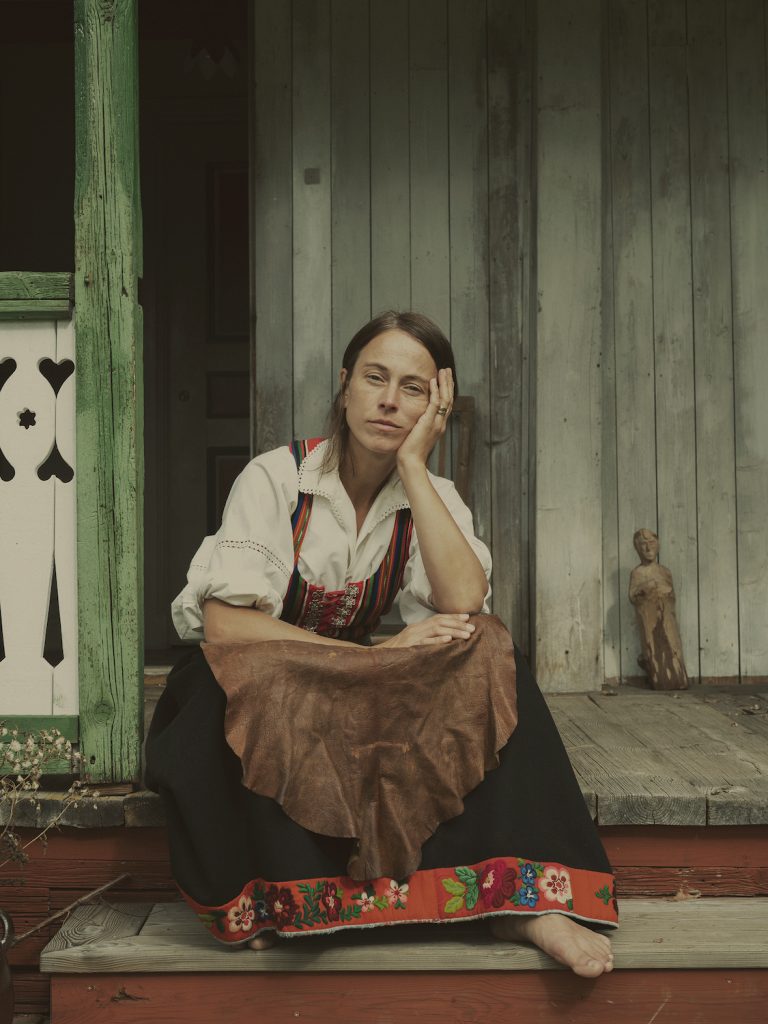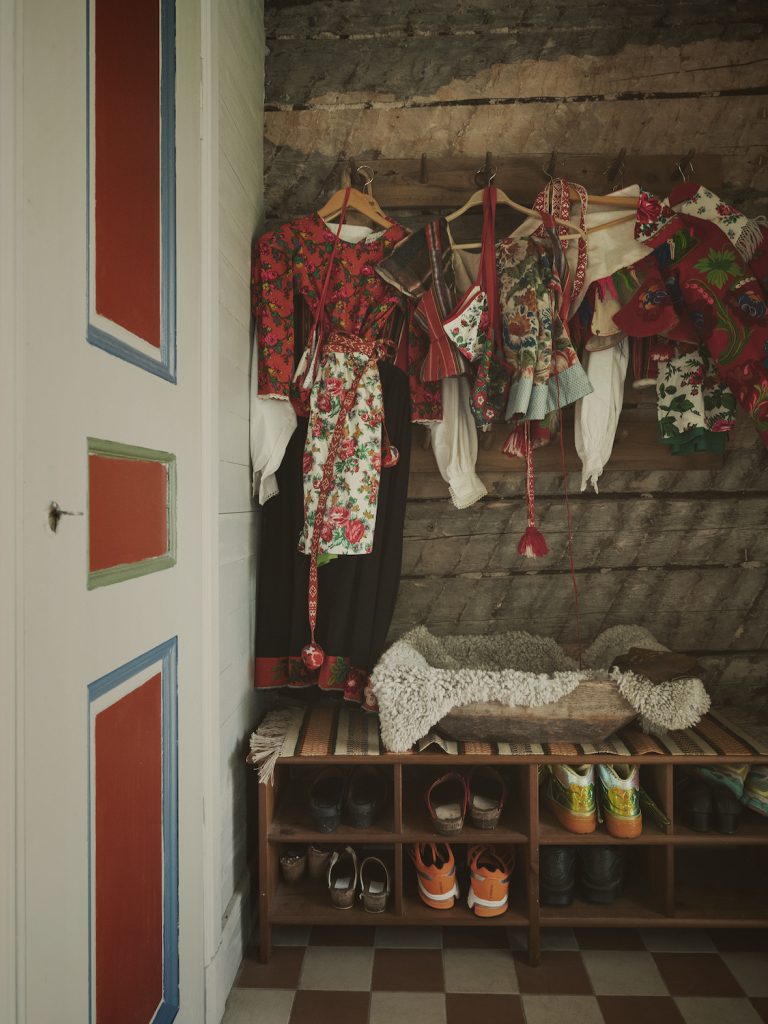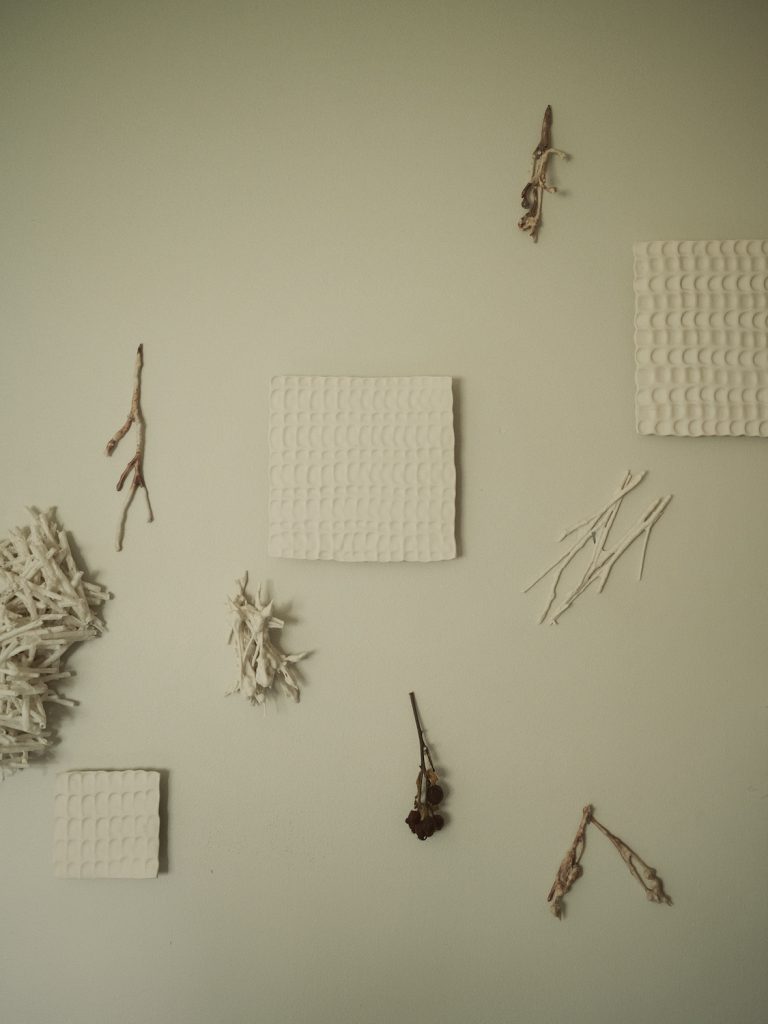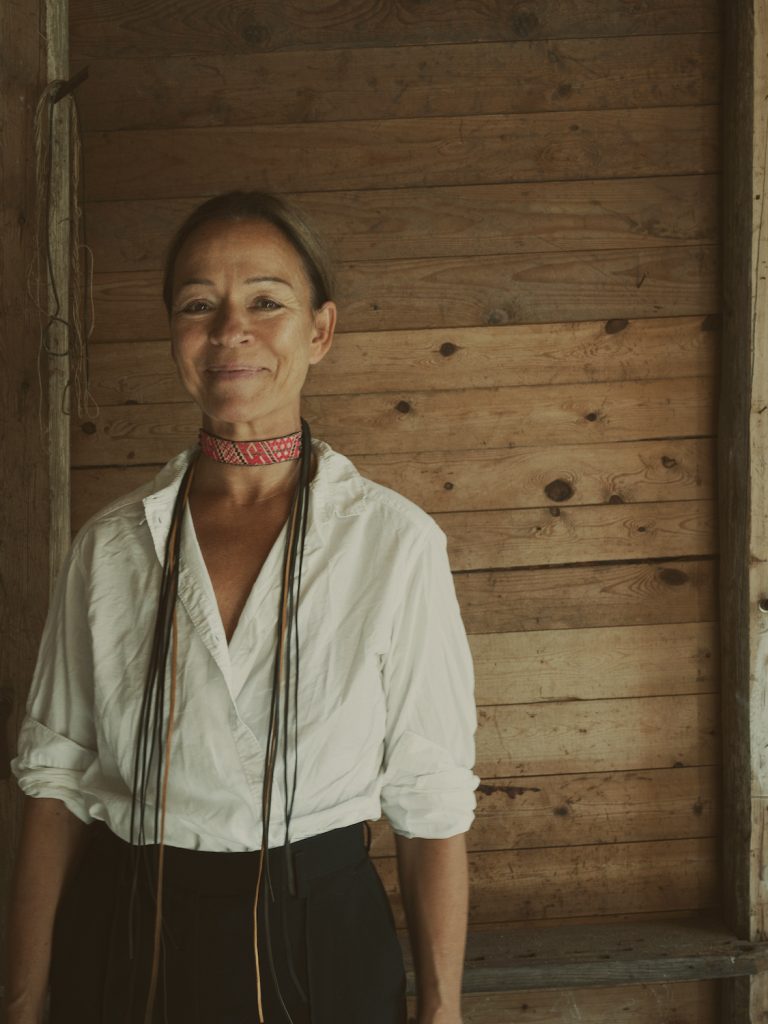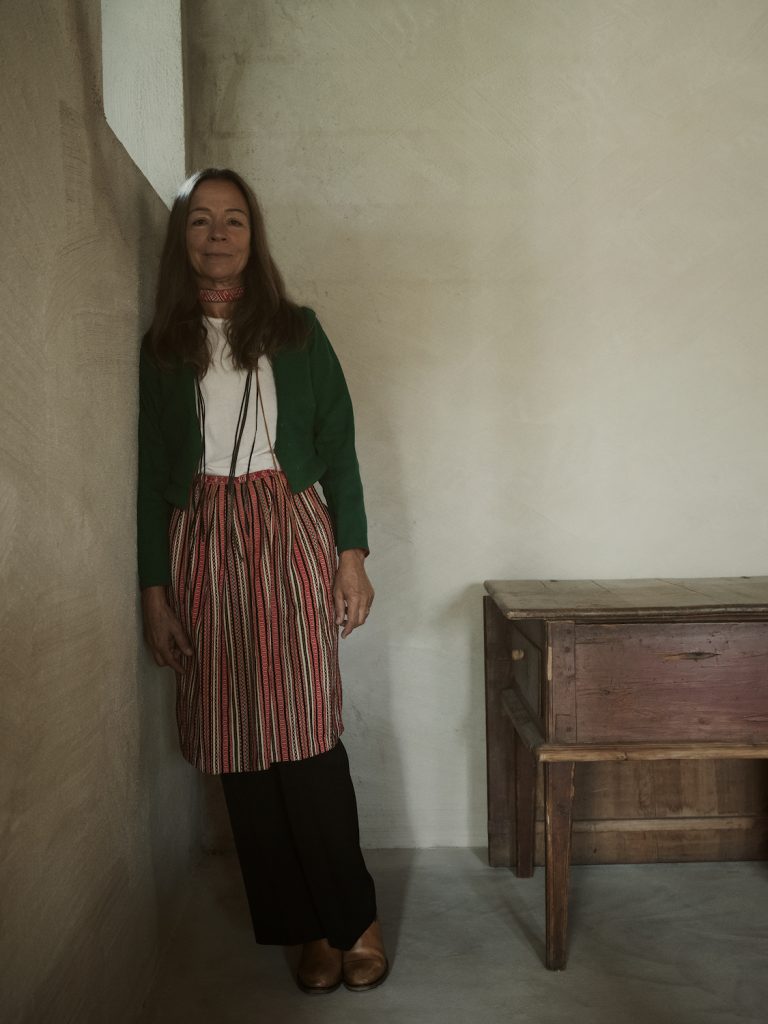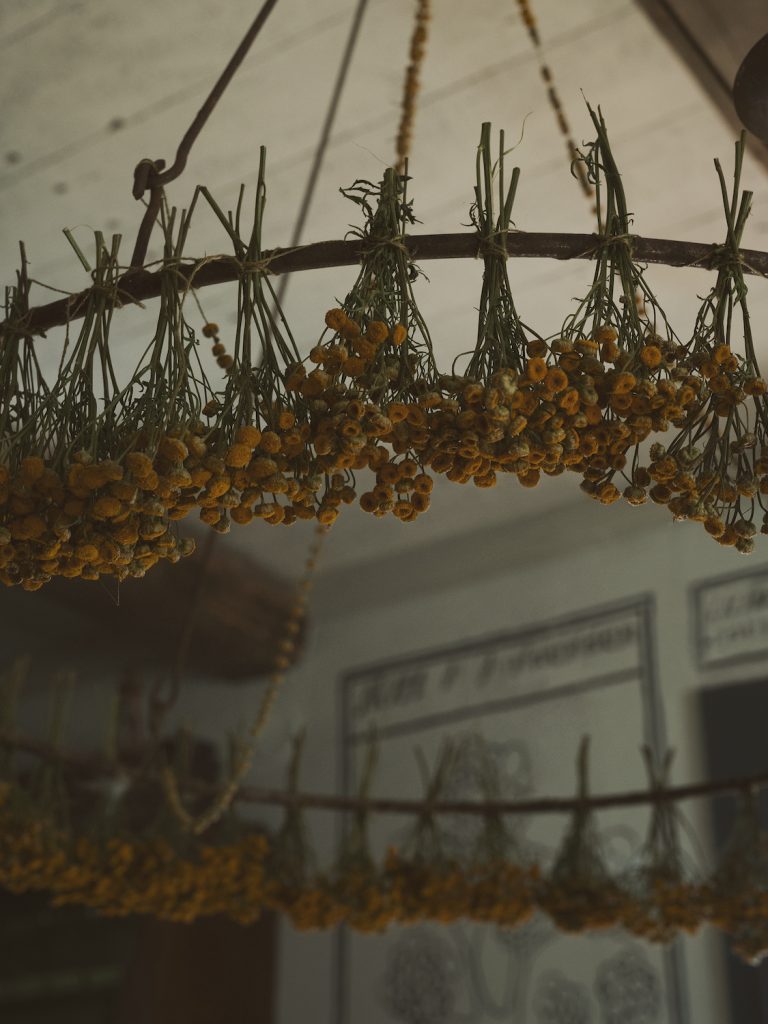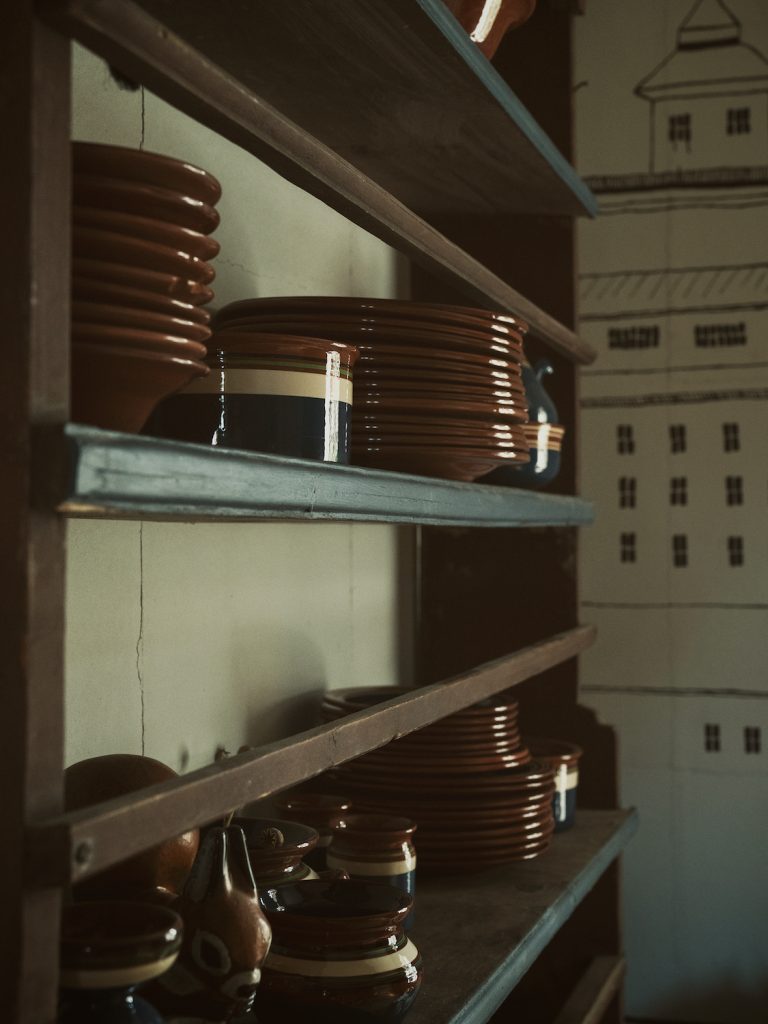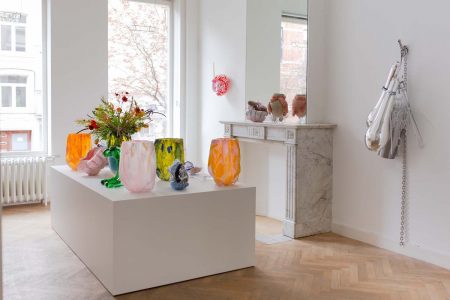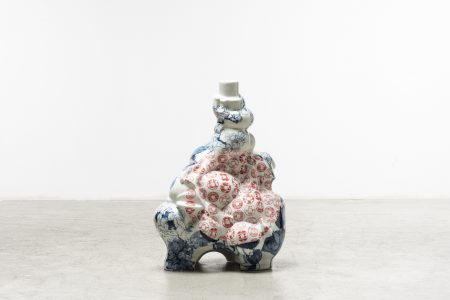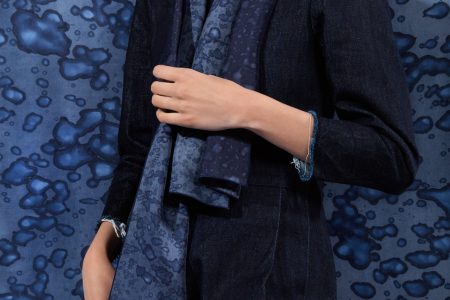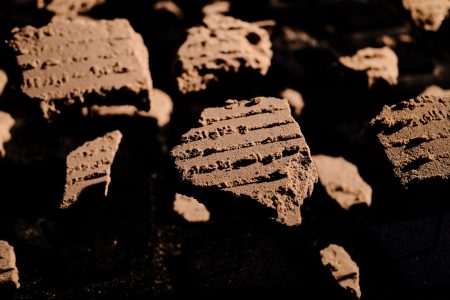Portraits of Women in the Heart of Dalarna
Pia Ulin created a carte blanche for our A/W 2022 issue: TLmag38: Origins, featuring photographs of Dalarna, Sweden, where tradition, craft and a connection to nature run deep within the community.
In this subjective reportage made with photographer Pia Ulin, we feel the values that define Dalarna. Nature and the rhythm of the seasons as well as the flora and fauna take precedence over everything else. This region offers a feeling of refuge, both in summer and in winter, with a great landscape unfolding before our eyes. The women in this visual narrative reflect this quest for a local, vernacular, site-specific culture. They all cultivate the art of ceramics as well as a simple, pure and harmonious way of life that combines traditional craftsmanship with a contemporary lifestyle.
Dalarna is considered the “heart” of Sweden. It is characterised by calm, nature and an authentic atmosphere. Some of the country’s most emblematic traditions come from this region: traditional clothing, small horses and furniture painted with “kurbits” — a fantastically invented symbol of plant fertility based on a gourd or pumpkin from a biblical legend, mainly used for ornamentation in Swedish folk art. The craftsmanship is of very high quality (ceramics, wood, metal, textiles, etc.) and Falun red predominates on the facades of typical Swedish houses, also in a range of colours from yellow, green, blue to black. This characteristic local paint is made from copper mined in the Falun mine since the Neolithic period. The mine was in operation for about a thousand years, from the 9th century until its closure in 1992. In the mid-17th century, 70% of the world’s copper production came from here. The site was declared a World Heritage Site by UNESCO in 2001. Since the closure, activity has been limited to the production of Falun red, a biocide paint traditionally used to cover Swedish wooden buildings. In the heart of Dalarna, Lake Siljan unfolds majestically. It is known as a popular place for painters, writers and poets, such as Anders Zorn, Erik Axel Karlfeldt (Nobel Prize for Literature 1931), Carl Larsson and Axel Munthe, who lived between Villa San Michele in Capri and Hildasholm in Leksand. The lake is located on the southwestern edge of the Siljan crater (Siljansringen), a geological formation that was formed by a major meteorite impact 377 million years ago during the Devonian period. The sedimentary layers in this area contain a rich supply of fossils. Some speculate that there must be oil reserves there, but no exploration has been successful so far. Large deposits of lead and zinc are found in the Boda area. The diameter of the crater measures 52 km and is the largest known impact crater in Europe (outside Russia).
LISA HELLRUP www.lisahellrup.com
@lisahellrup
@spazionobilegallery
LENA MÄCS @lena.macs
PIA ULIN www.piaulin.com @piaulin
PERNILLA WÅHLIN NORÉN @pernillawnoren
